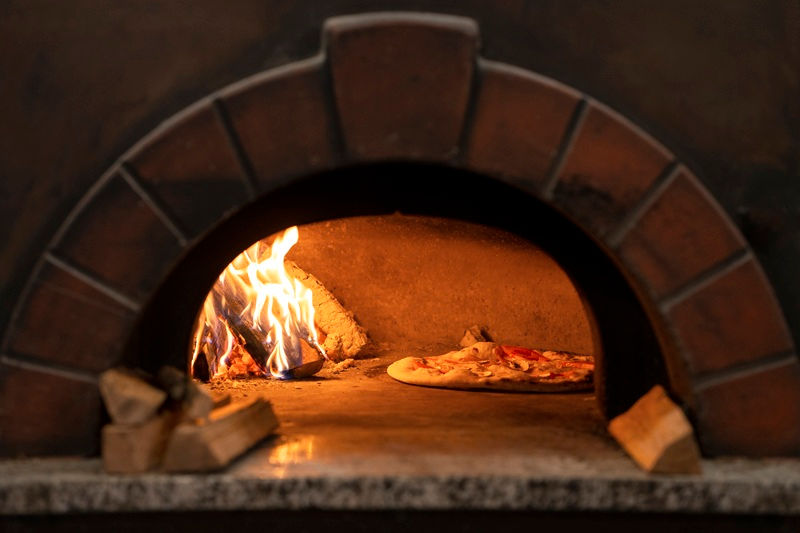Learn how to choose the perfect kitchen Joinery
- Kate Westall
- Dec 9, 2022
- 3 min read
Updated: Sep 11, 2023
One of the most delicate areas in the household is none other than the kitchen. Although, most of the people tend to overlook the issues related to the kitchens, one cannot deny the vast usefulness and significance of the same in anyways. Thus, keeping such a special part of the home clean and fresh with your favorite designs come under your responsibility as a homeowner. If vintage is what you love and seek then wanting to stay in a kitchen with lots of wood works might not be exactly wrong. Hence, if you want to give your home a brand new aesthetic piece then opting for kitchen joinery options might be the best for you.
The following article will guide you with the knits and bits of information on the same.
Types of Kitchen Joinery Butt joints are the most basic type of joint, and they're often used for simple projects like cabinets and shelves. To create a butt joint, you simply butt two pieces of wood together and secure them with screws or nails.
Miter joints are a bit more complicated than butt joints, but they offer a stronger connection. To create a miter joint, you cut two pieces of wood at an angle and then join them together with screws or nails.
Dowel joints are the strongest type of joint, and they're often used for heavier projects like countertops and cabinets. To create a dowel joint, you drill a hole through one piece of wood and then insert a dowel into the hole. You then secure the dowel with screws or nails.
The most common way to cut joints is with a saw, but you can also use a router or a jigsaw. When using a saw, it's important to use the right blade for the job. For example, if you're cutting a miter joint, you'll need to use a fine-toothed blade.
Conversely, if you're cutting a dowel joint, you'll need to use a coarse-toothed blade. Once you've chosen the right blade, you need to set the depth of the cut. The depth of the cut will determine the strength of the joint.
If you're cutting a butt joint, you'll want to set the depth so that the joint is about half as deep as the thickness of the wood.
If you're cutting a miter joint, you'll want to set the depth so that the joint is about one-third as deep as the thickness of the wood.
And if you're cutting a dowel joint, you'll want to set the depth so that the joint is about one-quarter as deep as the thickness of the wood.
After you've set the depth of the cut, you're ready to start cutting the joint. When cutting the joint, it's important to use a slow and steady motion.
If you cut too fast, you run the risk of splintering the wood. Once you've cut the joint, you need to remove the excess wood. To do this, you can use a chisel or a router.
Once you've removed the excess wood, you're ready to finish the joint.
To finish the joint, you can use a variety of methods, including sanding, staining, or painting. When sanding the joint, it's important to use the right grit sandpaper.
For example, if you're sanding a miter joint, you'll want to use finer grit sandpaper.
Conversely, if you're sanding a dowel joint, you'll want to use coarser grit sandpaper. After you've sanded the joint, you're ready to apply the finish.
The type of finish you use will depend on the look you're going for. For example, if you want a natural look, you can use a clear finish.
If you want a more modern look, you can use a stained finish. And if you want a more rustic look, you can use a paint finish. Once you've applied the finish, you're ready to install the kitchen joinery. To install the kitchen joinery, you'll need to use screws or nails.
When installing the kitchen joinery, it's important to use the right size screws or nails. For example, if you're installing a miter joint, you'll want to use 1-1/2 inch screws. Conversely, if you're installing a dowel joint, you'll want to use 2-1/2 inch screws.
Now that you know the different types of joints, you need to choose the best way to cut them.
Ways to get comfortable with joinery options
Once you've installed the kitchen joinery, you're ready to enjoy your new kitchen.
Conclusion:
After taking all of these factors into consideration, you should have a good idea of what type of kitchen joinery you need and where to buy it. Kitchen joinery plays an important role in the overall look and feel of your kitchen. It can also have a significant impact on the functionality of your kitchen. When choosing kitchen joinery, there are a number of factors you need to take into account in order to make sure you choose the right option for your kitchen.








Comments